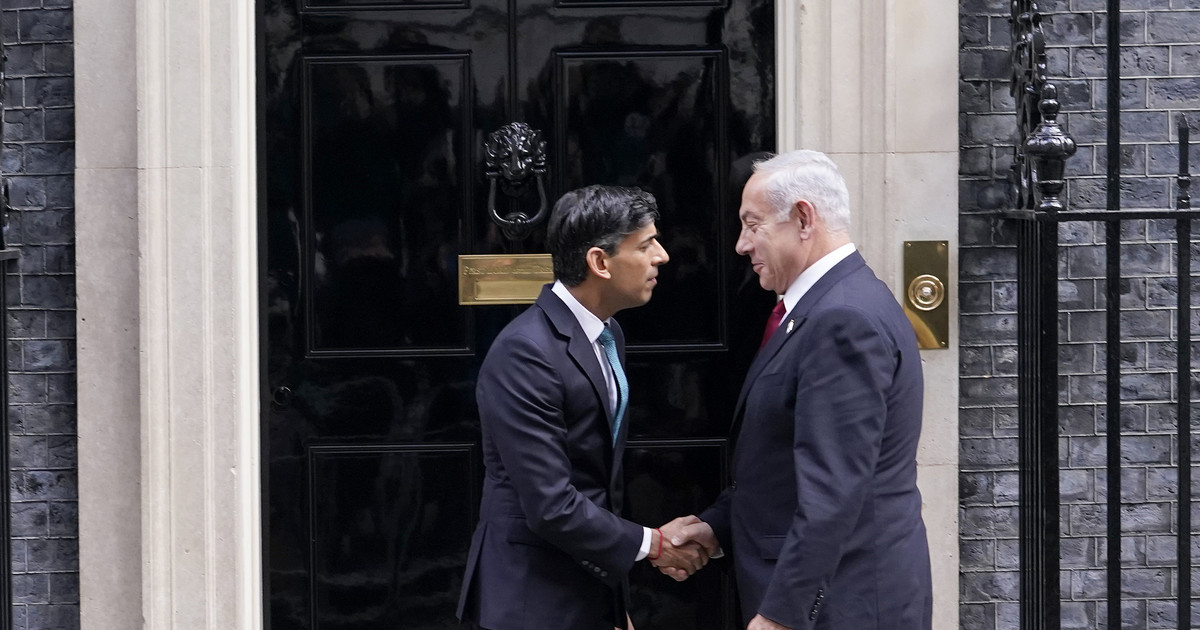Against Damascus accusing it of unleashing chlorine attack that killed 43 in Syria in 2018; turned on Friday (27/1) o Organization for the Prohibition of Chemical Weapons (OPCW).
According to a long-awaited report by OPCW investigators, “there are reasonable grounds to believe that at least one Syrian Air Force helicopter dropped two barrels of toxic gas on the city Dumanear Damascus, during the civil war”.
Damascus and its ally Moscow said the attack had been staged by rescuers at the request of the United States, which launched airstrikes in Syria a few days later along with Britain and France.
The case had also sparked controversy after information was leaked that two former employees of the Hague-based OPCW had cast doubt on the conclusions of an earlier investigation.
“The use of chemical weapons in Douma is unacceptable and constitutes a violation of international law”
The OPCW stated that its researchers “examined a number of possible scenarios” and concluded that “the Syrian Arab Air Force is the perpetrator of this attack”.
“The use chemical weapons in Douma – and elsewhere – is unacceptable and constitutes a violation of international law,” said the general director of the OPCW, Fernando Arias, in a statement, as reported by the Athens News Agency.
“The world now knows the facts and it is left to the international community to act, to the OPCW and beyond” added Arias.
“At least one Mi-8/17 helicopter of the Syrian Air Force, departing from Dumayr Air Base and operating under the control of the Elite Unit of the Tiger Forces dropped two yellow cylinders which hit two residential buildings in a central area of the city,” he writes. in the exhibition.
“One cylinder fell on a roof, ruptured and released a toxic gas, chlorine, in very high concentrations, which quickly dispersed throughout the building, killing 43 identified persons and affecting dozens more,” the report said.
“The second cylinder fell into a compartment, partially opened and began to slowly release chlorine, slightly affecting those who arrived first on the scene,” it added.
Investigators analyzed samples taken from the scene, questioned survivors and eyewitnesses, and conducted ballistics tests, primarily “roller drop tests.”
They also looked at videos and photos, satellite images, infographics and enlisted the help of experts.
Douma was under rebel control at the time of the incident, which took place during a major offensive by Syrian government forces to retake the city, which is near the capital, Damascus.
Rescuers said at the time that they were treating people with breathing problems, foaming at the mouth and other symptoms.
Damascus and Moscow have repeatedly denied that there was an attack on Douma and put forward a number of alternative theories.
They accused the rebels and rescuers of staging the attack and transporting the bodies to the site. They also claimed that an Islamist chemical weapons laboratory had been hit.
But OPCW investigators said there was no evidence to support these claims.
“The team thoroughly reviewed the research hypotheses and scenarios put forward by the Syrian authorities and other (OPCW) member countries, but was unable to secure concrete information to support them.” the agency said.
The OPCW also states that it “regrets” that Syria did not allow it to visit the site for the investigation, despite Damascus’s various requests and obligations under the Chemical Weapons Convention.
The report also rejects claims by former investigators that the OPCW changed the initial findings of an investigation in 2018 to make the evidence of the chemical attack more conclusive.
Syria denies using chemical weapons and says it surrendered its stockpile under a 2013 deal reached after an alleged sarin gas attack that killed 1,400 people in the Damascus suburb of Ghouta.
Source: News Beast
With 6 years of experience, I bring to the table captivating and informative writing in the world news category. My expertise covers a range of industries, including tourism, technology, forex and stocks. From brief social media posts to in-depth articles, I am dedicated to creating compelling content for various platforms.






